Vrije Hervormde Kerk
Driedorp, NL
Expansion in 1971 (Appel). The Free Reformed Church of Driedorp works together with the Reformed Reformed Committee in Urk.
Here you can search for a building to visit. You can use the map find destinations, or you can use the filters to search for a building based upon what different criteria.
Driedorp, NL
Expansion in 1971 (Appel). The Free Reformed Church of Driedorp works together with the Reformed Reformed Committee in Urk.
Ede, NL
The Old Reformed Church was officially instituted in November 1948. At the institution, 51 members were registered. In the beginning, the church met in a small building, which soon became too small. Therefore, another location had to be found. Finally, on May 10, 1950, a plot of land was purchased at Schaapsweg 77. The costs for the church building with approximately 275 seats were estimated at fl. 18,495-, for the other inventory an amount of fl. 3,000-. On January 9, 1951, the new building was put into use with a church service, by Rev. J. van der Poel. This minister was confirmed in Ede on Friday, April 22, 1955. With the arrival of Rev. Van der Poel, the church soon became too small. In 1956, it was decided to enlarge the church by adding a section to the church on the side of Schaapsweg. This extension is the only part that remains after all the renovations. In 1964 the church was expanded again with an extension, in 1968 a wing was also added to the church, in which a gallery was later made. Eventually the church had around 1000 seats around 1972. Since the congregation continued to grow, it was decided in 1981 to expand again. This time by widening the extension opposite the pulpit on both sides. This renovation brought the number of seats to around 1450. This was the last renovation to the church. Because of all the renovations, nothing remains of the original building from 1951. The oldest part of the church dates from 1956, the extension closest to the Schaapsweg. On 9 October 1981 Rev. Van der Poel passed away. He was succeeded on 20 April 1983 by Rev. M. Pronk. In May 1985, a number of church council members resigned after problems had arisen. Objections were also submitted to the church council regarding the pastor's way of life. On Sunday, October 26, 1986, the congregation was informed that the church council had decided to leave the association of the Old Reformed Churches in the Netherlands. The church would continue as an independent, free Old Reformed Church. This caused a mass exodus of church members who could not agree with this. On Sunday, September 20, 1987, the congregation was informed that Rev. M. Pronk had broken away from the church in Ede and would be leaving for Kralingseveer.
Oegstgeest, NL
Modern village centre with church hall, Association of Liberal Protestants. Nice church with a tower. On the focal wall is a large, colorful glass-in-concrete window. Also in use by the Dutch Reformed Church.
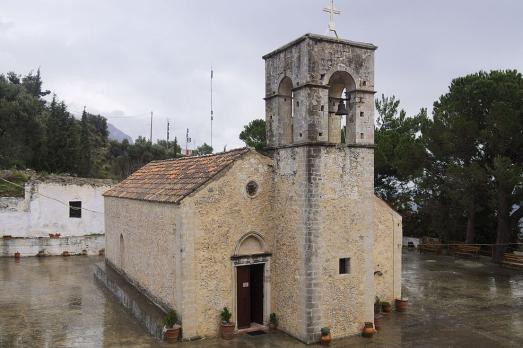
Zaros, GR
Vrontisi Monastery is a historic place of worship located 2 kilometres northwest of Zaros. The monastery was founded around the 15th or 16th century and was very important until the 17th century.

Vršac, RS
The Vršac Cathedral was built in the 18th century, between 1728 and 1785. The iconostasis was painted by Pavel Đurković, and Aksentije Marković did the woodcarving work. The murals and the vault were painted by Simeon Jakšić and Mihajlo Popović.
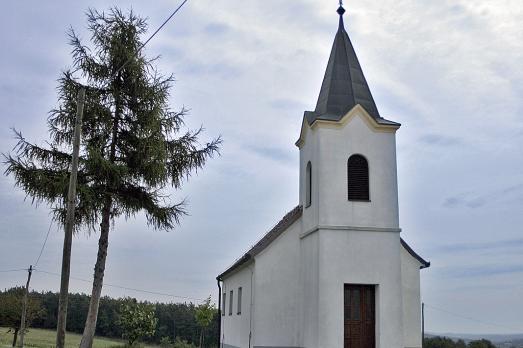
Grad, SI
In 1925, the villagers erected a wooden bell tower on the site of the present chapel. On the initiative of some villagers, the wooden bell tower was demolished and the present bell tower was built with a small chapel, which was blessed in honour of St. Anton of Padua on 10 June 1938. In 1963 and 1964, on the initiative of the then parish priest Ivan Kolenc, the chapel was extended and refurbished according to the plans of Jožef Požauk from Maribor.
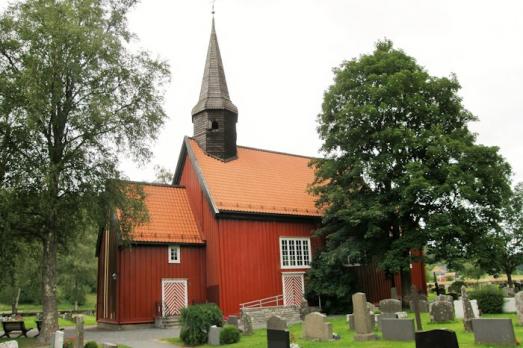
Verdal, NO
The Vuku church of 1654 is a long church with a rectangular nave and a slightly narrower and lower choir. A two-storey porch was built to the west in 1812. On the north side of the chancel is a sacristy. The church replaced a former Stave church on the site and several parts would have been reused. The interior is marked by the renovation of 1846.
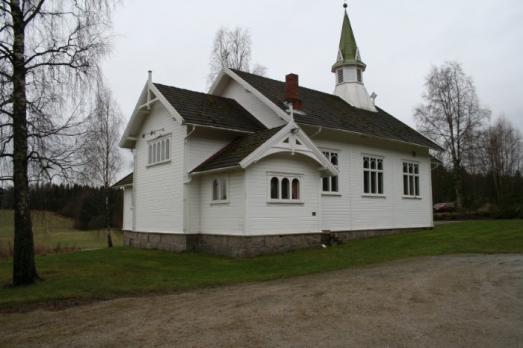
Sarpsborg, NO
Holleby church is a long church from 1919-20. The church has a cross plan and was designed by architect Aksel and Torvald Bjørnland. Previously, there must have been a chapel on the site.
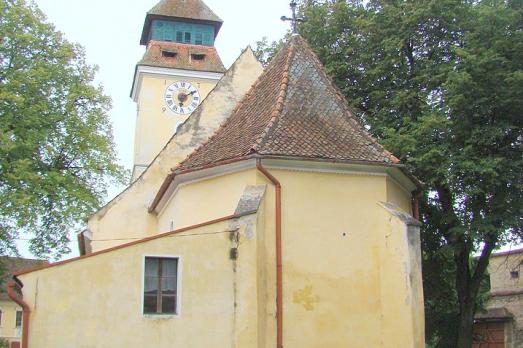
Vulcan , RO
Only the triumphal arch is preserved from the 13th century Romanesque basilica. A vault carried on stone ribs, which end on consoles decorated with face-masks, covers the late Gothic chancel that was built two centuries later. After the church was destroyed by the troops of Gabriel Báthory, the community needed more than 50 years until it started rebuilding in 1665. The vault of the chancel and the paneled ceiling of the nave were built in that time. More than a century later the bell tower was erected and in the same time the wooden galleries inside the church. On the baptismal font from 1741 two inscriptions in German and in Latin can be read. They are also mentioned in a church book dating back to the 18th century. A portcullis and a machicolation secured the entrance of the 14th/15th century curtain wall. The view of the main entrance is blocked by the town hall today. Inside the fortification several good preserved granaries can be visited. An interesting visit can be the one of the Evangelic cemetery located behind the church. The tombs sheltered on the perimeter under a common roof and the stories about those resting there are worth paying a visit.
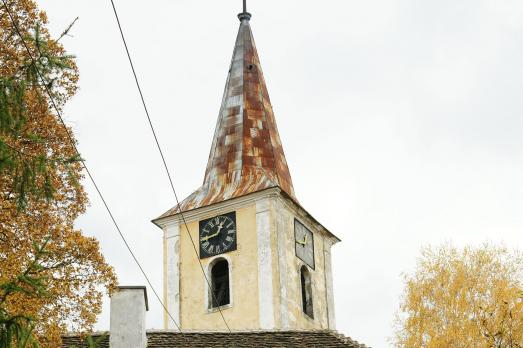
Vurpăr , RO
The basic structure of the 13th century Romanesque basilica is still recognizable today. Furthermore, there are many details preserved from that time. The initial church had been later provided with a bell tower, which collapsed in 1602 and it was rebuilt only in 1750. The church with three aisles, square chancel and apse is covered by a 19th century flat ceiling, while the chancel was provided with a domical vault during the 18th century. The side-galleries were also built in that time. The Romanesque clerestory windows are placed in the attic due to the new ceiling, however the northern portal dating back to the same era and bearing depictions of mythical creatures on its tympanum is still preserved. Only the curtain wall remained from the 14th century defense assembly. The house of the castle guardian was built in 1720 on the western side, as well as the old school built in 1845.

new
Nestled amidst the serene landscapes of the Harz region, lies a hidden gem for nature enthusiasts and history buffs alike - the Harz Monastery Hiking Trail. Lace up your hiking boots and embark on this captivating adventure that will transport you back in time.

The Holy Mile (Miglio Sacro) of Naples is a one-mile-long itinerary, through sacred places linked to the city's patron saint, San Gennaro, in the Rione Sanità district. Discover the city from a new perspective with this unique walking tour.

As a university city, cultural offerings abound in Tartu and will reach their peak after being designated one of three European Capitals of Culture for 2024. In this list, we've compiled the most interesting sacred places to visit in and around the old town.